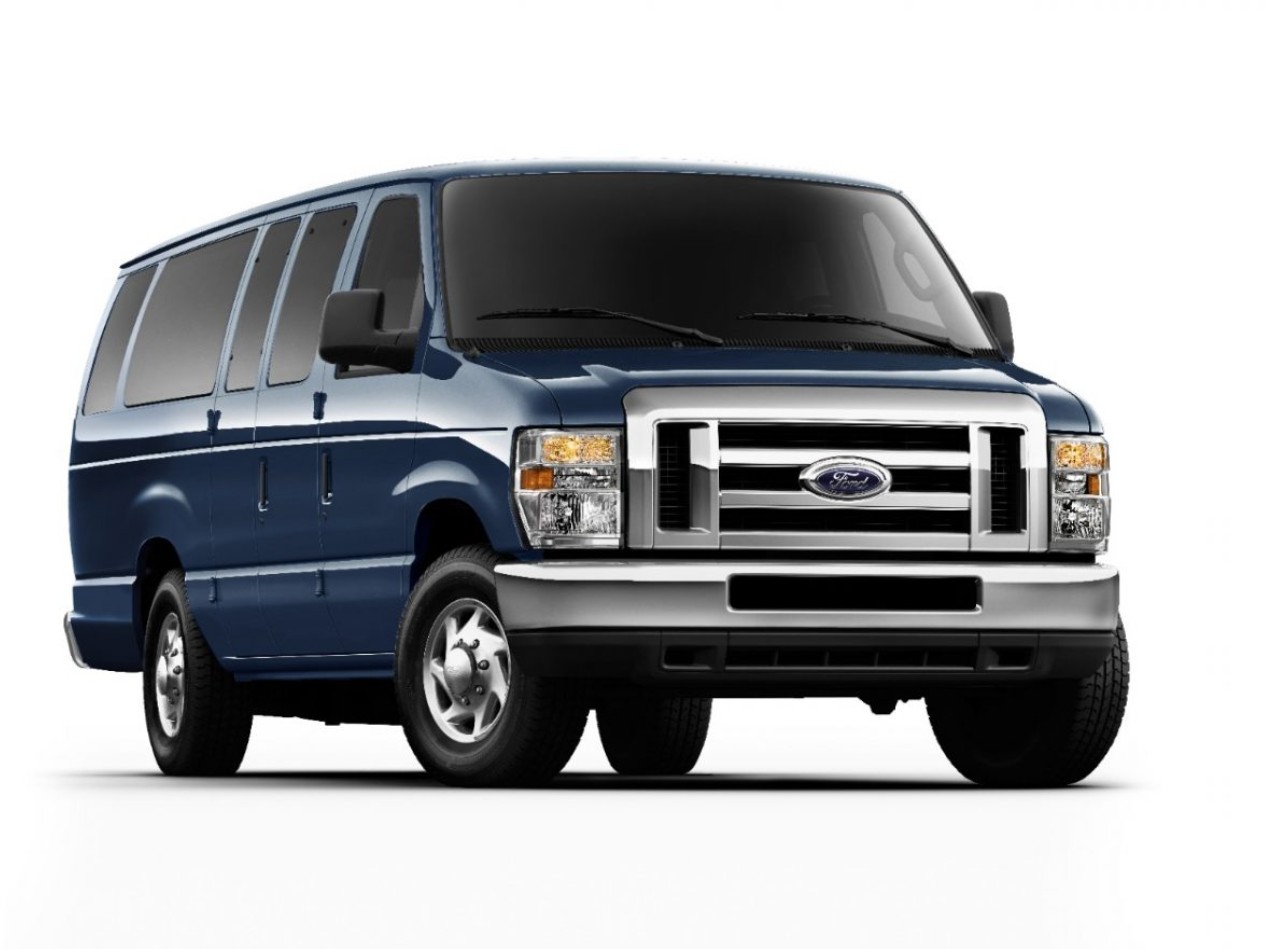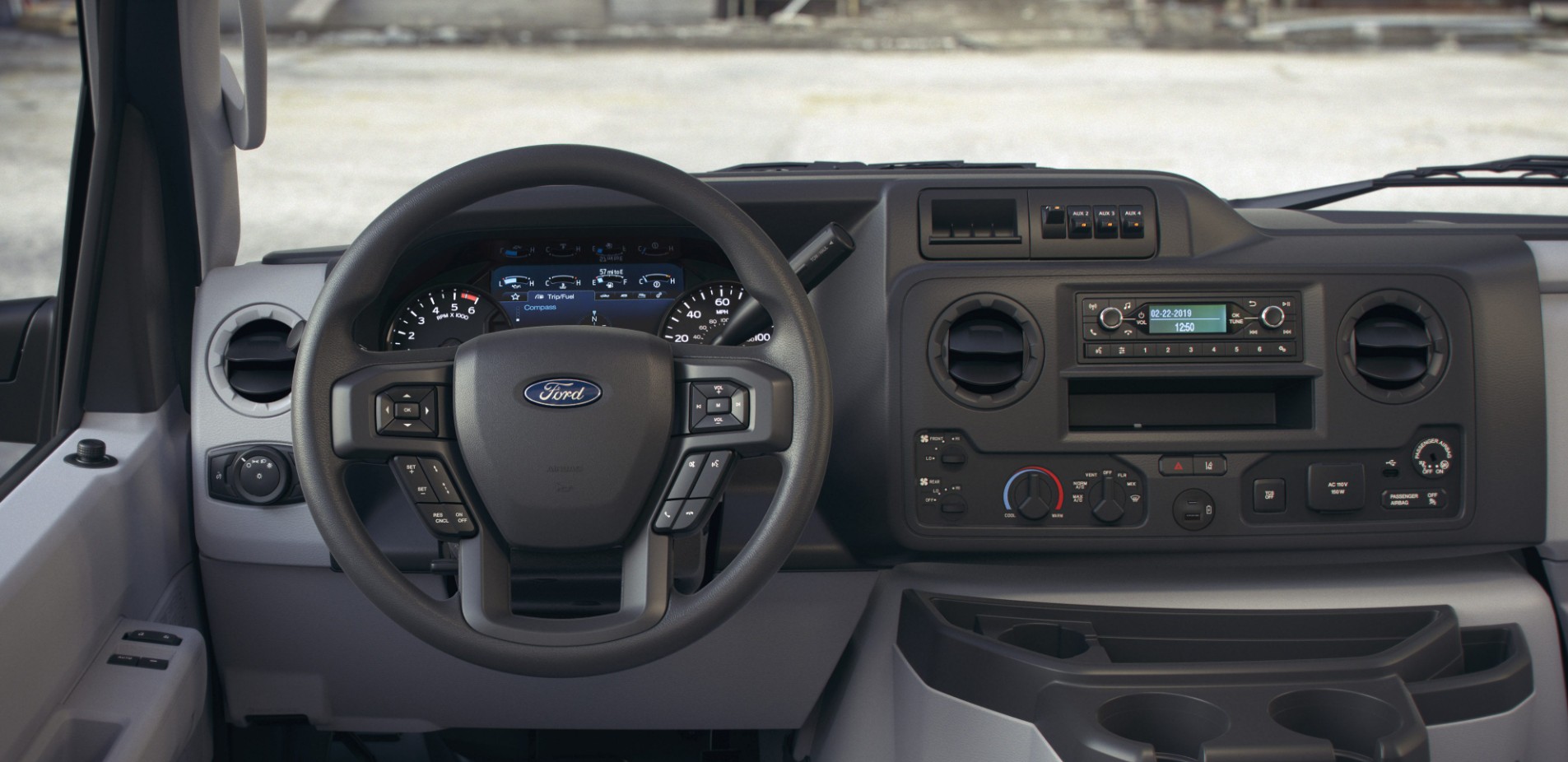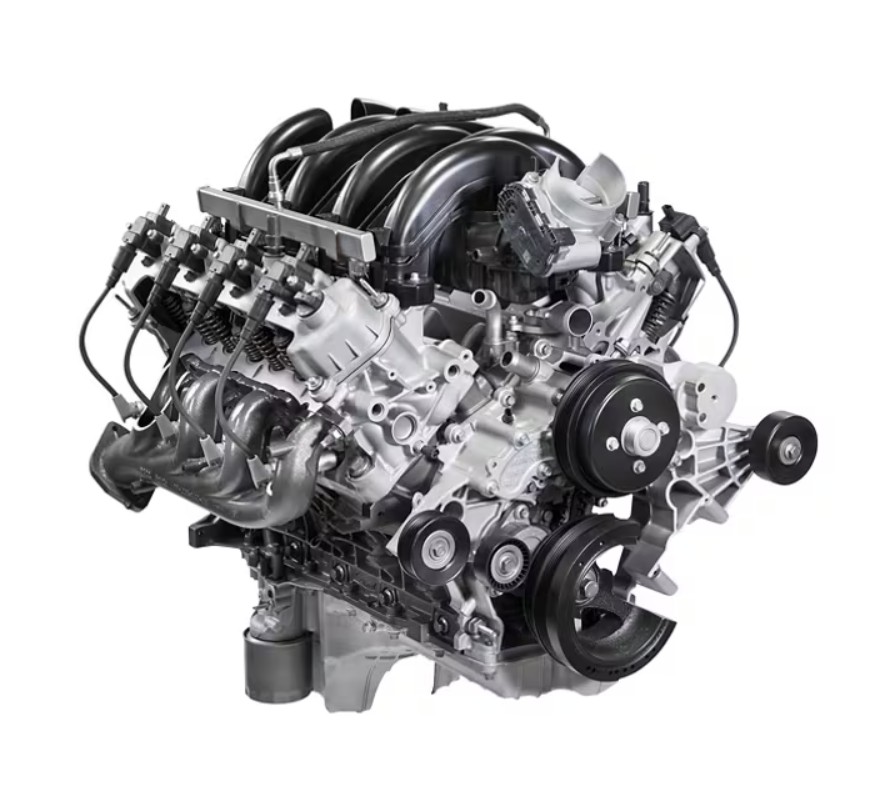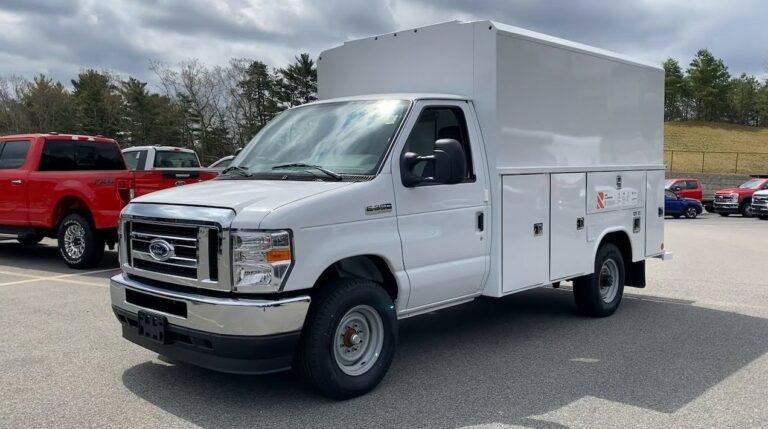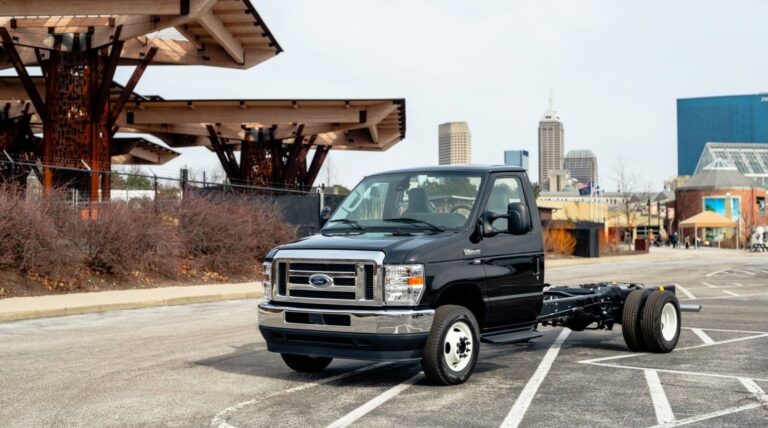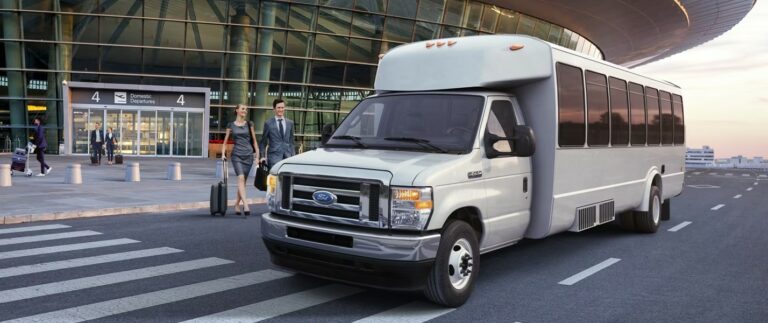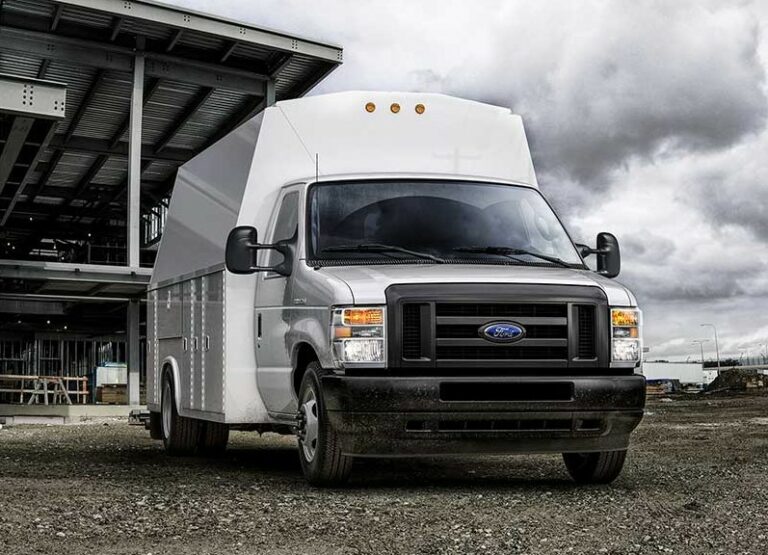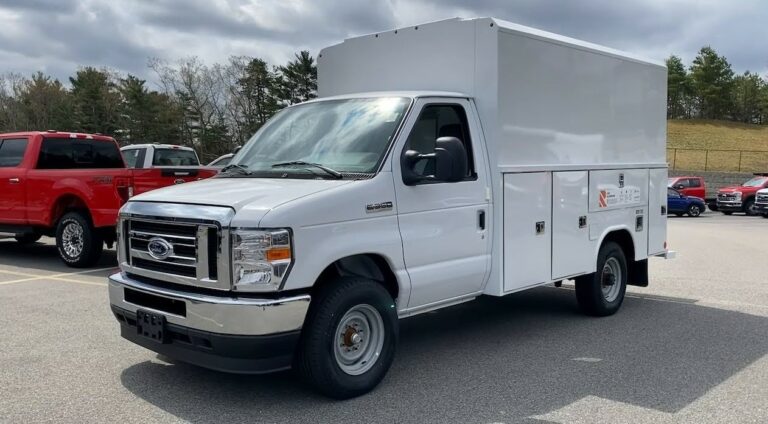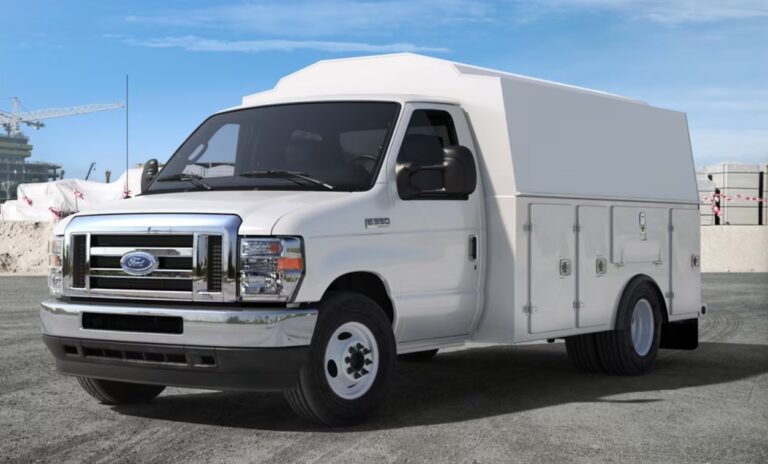2027 Ford E-Series Redesign, Specs, Price
2027 Ford E-Series Redesign, Specs, Price – The 2027 Ford E-Series represents a bold continuation of Ford’s commitment to commercial utility vehicles. While many automakers shift away from traditional vans, Ford has doubled down on refining the E-Series with a thorough redesign. The exterior has been streamlined to reflect modern aerodynamics while still keeping its classic boxy proportions that businesses rely on for cargo and fleet adaptability.
Engineers have focused on improving structural rigidity, which translates to better durability in demanding fleet environments. Ford has also integrated advanced digital systems, ensuring that this generation of the E-Series stays competitive in a market increasingly driven by connectivity and operational efficiency. 2027 Ford E-Series Redesign
2027 Ford E-Series Redesign and Update Plan
Exterior & Interior
The 2027 Ford E-Series maintains its utilitarian charm but incorporates a more modern face that signals its evolution. The front fascia has been updated with a bolder grille design, flanked by LED headlamps that improve visibility and lower energy consumption. The box-like shape has been preserved to maximize cargo volume, yet aerodynamic refinements around the edges and roofline help improve fuel efficiency. Customers will notice new options in exterior paint and wheel designs, offering more personality to a vehicle that is traditionally viewed through a functional lens.
Inside the cabin, Ford has worked to strike a balance between practicality and comfort. The driver’s cockpit has been redesigned with ergonomics in mind, ensuring that long shifts on the road cause less fatigue. A larger digital instrument cluster now integrates seamlessly with Ford’s updated infotainment system, delivering navigation, diagnostics, and smartphone connectivity. Durable, easy-to-clean surfaces dominate the interior, reflecting the vehicle’s commercial DNA, but buyers can opt for higher trims that add improved seating materials, extra storage compartments, and better insulation for reduced cabin noise.
Passenger versions of the 2027 E-Series receive significant upgrades to improve comfort. New seating arrangements, better air conditioning distribution, and enhanced legroom in certain configurations make it a stronger choice for shuttle services or larger groups. Ford has also introduced flexible cargo management systems in the rear, allowing operators to quickly reconfigure the space for different needs. The result is an interior that feels more modern, more adaptable, and far more accommodating than previous generations.
Another critical part of the 2027 redesign is Ford’s emphasis on modularity. The new E-Series has been engineered with multiple wheelbase lengths, roof heights, and chassis configurations. This allows it to serve diverse industries, from passenger transport to heavy-duty cargo hauling. Businesses that need a shuttle bus, ambulance, or delivery van will find Ford’s offerings particularly flexible. The chassis cab variants now feature improved mounting points, making upfitting easier and faster for specialized industries. This reflects Ford’s long-standing recognition that the E-Series isn’t just a van—it’s a versatile platform.
Technology upgrades have been a central element in this update. The E-Series now offers Ford’s latest SYNC infotainment system with expanded telematics options, which provide fleet managers with real-time insights into vehicle usage, fuel efficiency, and maintenance schedules. This technological edge gives operators better control over their logistics while reducing downtime. The redesign plan makes it clear that Ford is not merely refreshing the E-Series but strategically evolving it into a smarter, more capable commercial solution for the future. 2027 Ford E-Series Redesign
2027 Ford E-Series Specs
Engine & Performance
Under the hood, the 2027 Ford E-Series offers multiple powertrain choices designed to meet different operational needs. At the entry level, Ford equips the E-Series with a proven V6 engine, optimized for reliability and ease of maintenance. For those requiring greater hauling power, a larger V8 remains available, tuned for higher torque output and towing capacity. Both engines benefit from Ford’s latest fuel management technologies, including variable valve timing and cylinder deactivation, which help balance power and efficiency.
Ford has also expanded its alternative powertrain lineup for the E-Series. A hybrid option joins the lineup in 2027, pairing a gasoline engine with an electric motor to provide better efficiency in stop-and-go urban driving—ideal for delivery fleets operating in cities. Additionally, Ford has announced that an all-electric version of the E-Series is in development, scheduled to arrive shortly after the initial release. This EV variant will compete with emerging rivals while catering to businesses seeking zero-emissions solutions.
Performance improvements are not limited to the engine bay. Ford engineers have enhanced suspension systems, providing a smoother ride even when the van is fully loaded. Steering responsiveness has been improved, giving drivers more confidence behind the wheel. Payload capacity has been increased slightly across most configurations, and towing capabilities remain best-in-class for the segment. Whether used for heavy cargo or passenger transport, the 2027 E-Series delivers consistent, dependable performance with modern refinements.
2027 Ford E-Series Fuel Economy
Fuel efficiency has always been a concern in the commercial segment, and Ford has made significant strides with the 2027 E-Series. The gasoline-powered models are projected to deliver improved fuel economy thanks to engine refinements and aerodynamic adjustments. The new hybrid variant provides even greater savings, with estimated gains of up to 25% in city driving compared to the standard gasoline engine. For fleet operators covering hundreds of miles weekly, these savings will have a direct impact on operating costs.
2027 Ford E-Series Safety Features
The 2027 Ford E-Series benefits from a comprehensive safety overhaul, integrating both passive and active features that meet today’s high standards. Standard across all trims are features such as lane-keeping assist, adaptive cruise control, forward collision warning, and automatic emergency braking. These technologies, once exclusive to passenger cars, are now critical in the commercial sector where driver fatigue and busy urban environments pose daily risks.
Ford has also enhanced the E-Series with available blind-spot monitoring and a 360-degree camera system. These are particularly valuable for drivers maneuvering through crowded streets or backing into tight loading zones. The reinforced chassis and stronger crumple zones provide an additional layer of passive safety, ensuring better occupant protection in case of a collision. Side-impact airbags and improved rollover resistance make the van safer not only for the driver but also for passengers or cargo.
Fleet buyers will appreciate the integration of Ford Pro Telematics, which provides real-time data on driver behavior and vehicle status. These insights allow fleet managers to address unsafe driving habits, schedule preventative maintenance, and ensure compliance with safety regulations. This focus on both prevention and protection makes the 2027 Ford E-Series one of the most advanced vans in its category when it comes to safety. 2027 Ford E-Series Redesign
2027 Ford E-Series Release Date & Price
Pricing for the 2027 Ford E-Series is expected to remain competitive, with the base cargo van starting around $39,000. Higher trims, especially passenger-focused configurations with premium interiors, will climb closer to the $50,000 mark. The hybrid variant will likely carry a modest premium, but Ford positions it as a long-term value play for businesses prioritizing efficiency. Specialized chassis cab models will vary depending on upfitting requirements, ensuring businesses can tailor the E-Series to their specific needs.
Ford has confirmed that the 2027 E-Series will begin production in late 2026, with deliveries rolling out to dealerships in early 2027. Fleet orders will take priority, given the van’s heavy demand in commercial sectors. The upcoming electric version, while not launching simultaneously, is expected to debut later in 2027 as part of Ford’s broader electrification strategy. With this rollout, the E-Series is set to remain a cornerstone of Ford’s commercial lineup for years to come.
Conclusion
The 2027 Ford E-Series blends tradition with forward-looking innovation, making it a smart choice for businesses that depend on reliability, adaptability, and efficiency. With its redesign focused on modularity, enhanced technology, stronger safety systems, and diverse powertrain options—including hybrid and future EV—the E-Series secures its role as a leader in the commercial van market. For fleets and individual operators alike, Ford has ensured that the E-Series is not only prepared for today’s demands but also built to adapt to tomorrow’s challenges.
